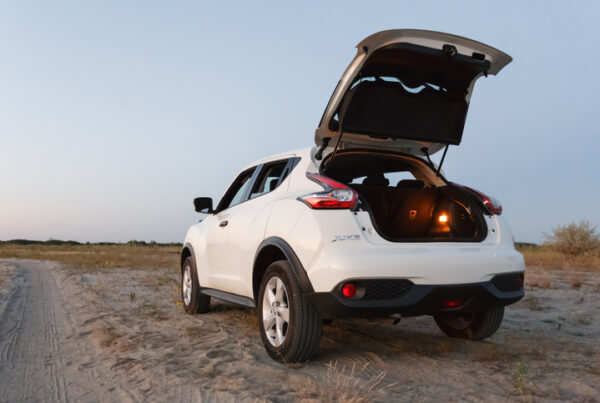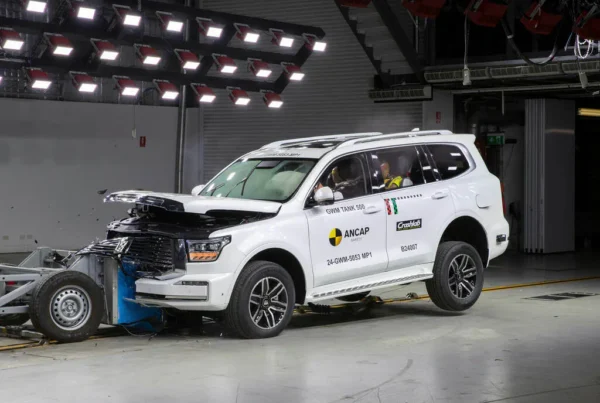In December 2019, the New Zealand Government published the ‘Road to Zero’ strategy for 2020–2030. The strategy outlines a plan to prevent the injury and death of people on the road.
However, three years on and the strategy is under scrutiny and criticism regarding its overall effectiveness.
An outlined target was to reduce death and serious injury on the road by 40% by 2030 using an action plan which contains 15 initial actions within the strategy’s 5 focus areas. The initial action plan was expected to last for 3 years starting on 1 January 2020.
The action plan outlines the following and many others:
- Invest in safety treatments and infrastructure improvements
- Review infrastructure standards and guidelines
- Raise safety standards for vehicles entering the fleet
- Increase understanding of vehicle safety
- Support best practice for work-related travel
- Strengthen the regulation of commercial transport services
- Prioritise road policing
- Enhance drug driver testing
The strategy recently came under fire by former NZ Associate Transport Minister Julie Anne Genter, claiming the New Zealand Transport Agency (NZTA) “have a demonstrated track record of ignoring the input from the public and from elected representatives.”
“They seem to have their own agenda … and don’t have a lot of respect for what the public would like to be done with that money.”
A progress report released July 2021 has admitted to shortcomings relating to speed management works, stating that
“We acknowledge that the kilometres of highest risk roads addressed through speed management is very low (119km) compared to the 2024 target of 3,500km.”
The report also shows:
- 37km of median barriers installed, against a target of 300km by 2024 and 1000km by 2030
- 169km of side barriers, against targets 1700km and 4000km
- No high-risk intersections given safety treatment, against targets of 600 by 2024, 1300 by 2030




















